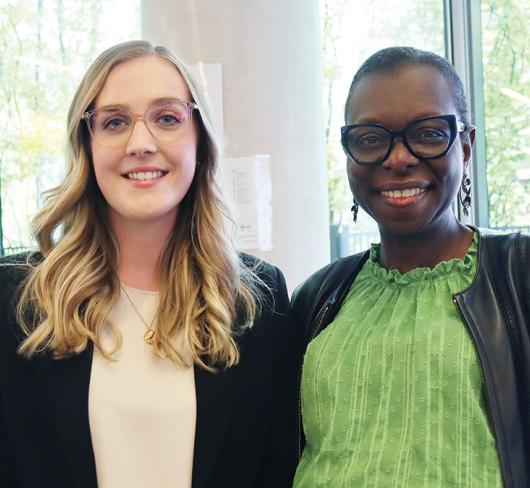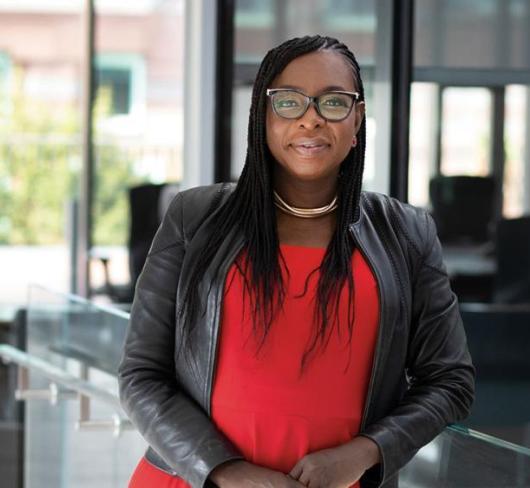Girls gone missing in Nigeria and Canada: Chilling theme runs through both cases
A little over a month ago, the media began to report the kidnapping during the night of more than 200 girls from their school in Nigeria, where they had gathered to write their year-end exams. The culprits in this crime? An extremist Islamic group called Boko Haram, whose name quite literally means “books forbidden.” This group has been rampaging throughout the northeast corner of Nigeria for some ten years, burning schools and whole villages, and murdering children, their teachers, and members of entire communities. Boko Haram condemns as evil what it perceives as Western-style education. Its goal is to create an Islamic state in northern Nigeria under the authority of sharia law. Girls would be denied an education. Boko Haram’s view of women and girls has perhaps been clearest in its leader’s appalling statement that the girls, some as young as 9 or 10 years of age, would be sold as sex slaves. Since the kidnapping, pressure has mounted on the Nigerian government to pursue the kidnappers and free the girls.
CTF participated in an international social media campaign, “#bringbackourgirls,” that was launched by the girls’ parents. This quickly expanded in mobilizing people around the world in support of the girls.
Then, a week or so ago, news reports told of the visit to Ottawa of the UN Special Rapporteur on the Rights of Indigenous People, James Anaya, and the release of his report on the condition of Aboriginal people in Canada. The contents of the report and its list of recommendations are remarkably consistent with many government reports and independent studies over the course of the past fifty years. The Anaya report acknowledged that, in recent years, the Canadian government has made efforts to address some of these issues. However, two recommendations in particular continue to resonate with teachers and with CTF: appropriate funding for education in First Nations schools and a public inquiry into the missing and murdered Aboriginal women of Canada. The latest estimate on the number of missing and murdered Aboriginal women by the RCMP is over 1,000 in the past 30 years. This number is approximately the population of Ontario towns like Moosonee, Teeswater, and Thornton. The Native Women’s Association of Canada has asked for such an inquiry for years. This year, CTF mounted a petition campaign demanding a public inquiry. So far, the Government of Canada has stated that such an inquiry is not necessary because other measures are in place to address this issue. The sad reality is that Aboriginal women continue to go missing and continue to be murdered in our country.
The chilling theme in these two stories is the impact of pervasive inequality and gender-based violence. Boko Haram and many other groups like it would lock up the human potential of women and girls and ensure they are nothing more than chattel for men. According to the recent Education for All Global Monitoring Report, at current rates of progress, it will be approximately 70 years before all the girls in sub-Saharan Africa have access to elementary schooling to the Canadian equivalent of Grade 8 and nearly a century for Grade 10. Educating girls is a powerful force for social transformation. In sub-Saharan Africa, girls’ completion of elementary education alone would result in a 70% drop in maternal mortality. Along with their parents, the girls themselves seem to understand the crucial importance of education for their health, their future, and the transformation of their countries. Boko Haram would reverse even these tortoise-like rates of change.
In our own country, the urgency of the plight of Aboriginal women cannot be overstated, yet the situation continues. Again, education is the key, but addressing the fundamental inequalities in First Nations education has been an excruciatingly slow process. How many murdered and missing women will it take for the federal government to call a public inquiry?
In Canada, it can be easy to feel complacent about women’s equality. Over the past century, women have made significant progress. Girls are in school and doing well. Women are well-represented in professional university colleges and in other post-secondary institutions, and women have broken into previously gender-restricted occupations. Yet, the wage gap and glass ceiling persist. The media’s hyper-sexualization and stereotyping of women and girls continues unabated. Gender-based violence is a perennial blight, particularly on Aboriginal and minority women.
Last fall, at the launch in New York of Educational International’s Unite for Quality Education campaign, UN Special Envoy Gordon Brown remarked that the new civil rights movement around the world is the movement for women’s equality. The kidnapping of the Nigerian girls and the absence of our missing and murdered Aboriginal women remind us that our work for women’s equality is far from over. Indeed, it is more urgent that ever.
Dianne Woloschuk is President of the Canadian Teachers’ Federation, an alliance of 17 teacher organizations representing 200,000 educators across the country.

